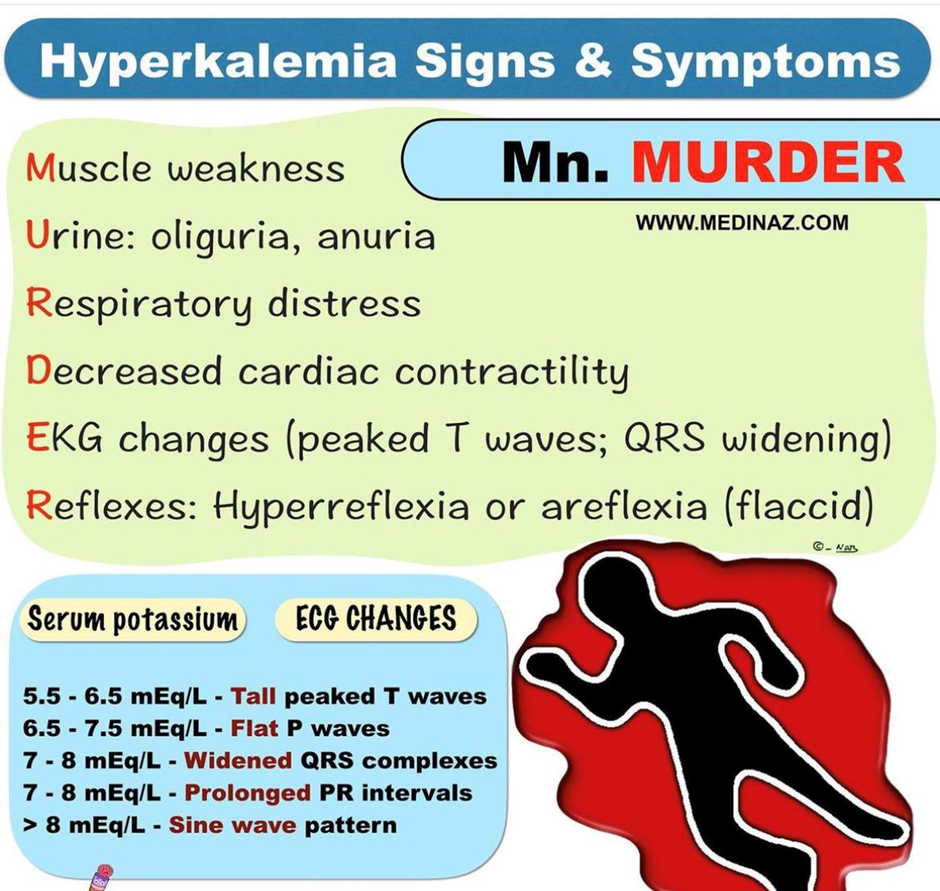A nurse is caring for a client who is scheduled for a CT scan that requires contrast dye. Which of the following actions is the priority for the nurse to take?
Question the client about allergies before the procedure.
Tell the client to increase fluid intake following the procedure.
Evaluate the client for claustrophobia.
Inform the client about the steps of the procedure.
The Correct Answer is A
Choice A Reason:
Questioning the client about allergies before the procedure is appropriate. It is crucial to assess the client for any allergies, especially to contrast dye, before the procedure. Allergic reactions to contrast dye can range from mild to severe, and prompt identification of potential allergies is essential to prevent adverse reactions. If the client has a known allergy to the contrast dye, alternative imaging methods or pre-medication may be considered.
Choice B Reason:
Telling the client to increase fluid intake following the procedure is inappropriate. This instruction is relevant post-procedure for the elimination of the contrast dye from the body. However, it is not the priority at this moment, and the client's safety during the procedure takes precedence.
Choice C Reason:
Evaluating the client for claustrophobia is appropriate. Assessing for claustrophobia is important, especially if the CT scan involves an enclosed space. However, this assessment can typically be conducted in advance of the procedure during the pre-procedure preparations.
Choice D Reason:
Informing the client about the steps of the procedure is inappropriate. Providing information about the procedure is important for the client's understanding and cooperation. However, ensuring the client's safety during the procedure by assessing for potential allergies to the contrast dye comes first.
Nursing Test Bank
Naxlex Comprehensive Predictor Exams
Related Questions
Correct Answer is ["6 "]
Explanation
To calculate the number of capsules the nurse should administer in a 24 hr period, the nurse should first divide the prescribed dose by the available dose.
This gives 750 mg / 375 mg = 2 capsules.
Then, the nurse should multiply the number of capsules per dose by the number of doses per day.
This gives 2 capsules x 3 doses = 6 capsules.
Therefore, the nurse should administer 6 capsules of metronidazole in a 24 hr period to the client who has bacterial vaginosis.
Correct Answer is D
Explanation
Choice A Reason:
Muscle weakness is incorrect. Muscle weakness can be a symptom of hyperkalemia (elevated potassium levels). However, it is not the most urgent symptom, and the provider should be informed to address the underlying cause.
Choice B Reason:
Paresthesias is incorrect. Paresthesias (tingling or numbness) can also occur with hyperkalemia. While important to assess, it may not be the most urgent symptom requiring immediate attention.
Choice C Reason:
Abdominal cramps is incorrect. Abdominal cramps can be associated with hyperkalemia, but they are not the most critical symptom. It's essential to address the underlying cause, but it may not require immediate intervention compared to other symptoms.
Choice D Reason:
Palpitations is correct. Palpitations are a concerning symptom, especially in the context of hyperkalemia. Elevated potassium levels can lead to cardiac arrhythmias, and palpitations may be indicative of serious cardiac complications. This is a critical finding that requires immediate attention from the healthcare provider.

Whether you are a student looking to ace your exams or a practicing nurse seeking to enhance your expertise , our nursing education contents will empower you with the confidence and competence to make a difference in the lives of patients and become a respected leader in the healthcare field.
Visit Naxlex, invest in your future and unlock endless possibilities with our unparalleled nursing education contents today
Report Wrong Answer on the Current Question
Do you disagree with the answer? If yes, what is your expected answer? Explain.
Kindly be descriptive with the issue you are facing.
